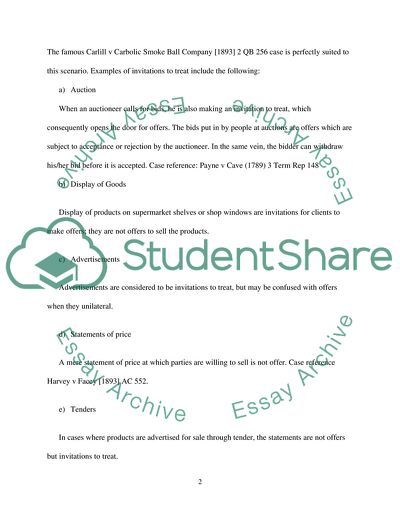Cite this document
(The Law of Contract Essay Example | Topics and Well Written Essays - 1750 words - 3, n.d.)
The Law of Contract Essay Example | Topics and Well Written Essays - 1750 words - 3. https://studentshare.org/law/1800821-1
The Law of Contract Essay Example | Topics and Well Written Essays - 1750 words - 3. https://studentshare.org/law/1800821-1
(The Law of Contract Essay Example | Topics and Well Written Essays - 1750 Words - 3)
The Law of Contract Essay Example | Topics and Well Written Essays - 1750 Words - 3. https://studentshare.org/law/1800821-1.
The Law of Contract Essay Example | Topics and Well Written Essays - 1750 Words - 3. https://studentshare.org/law/1800821-1.
“The Law of Contract Essay Example | Topics and Well Written Essays - 1750 Words - 3”. https://studentshare.org/law/1800821-1.


